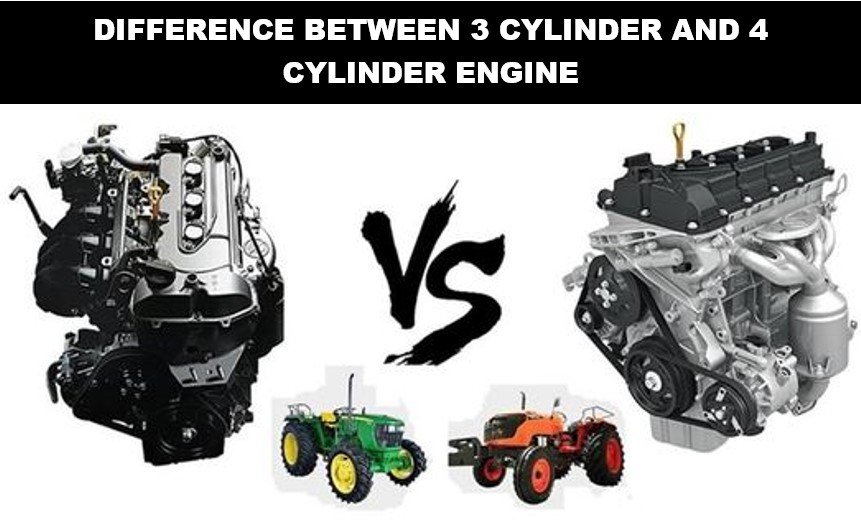In the world of locomotives, it is a common sight to see the engine placed at the front of the train. But have you ever wondered why this design choice was made? Why are engines in front of trains? In this article, we will explore the reasons behind this arrangement and uncover the benefits it brings to train operations.
Why are engines in front of trains?
The train engines are not always in the front. They can be at the middle and end also. The three possibilities are…
- At the front (Normal Express Trains)
- Front, Middle and End (EMU and DEMU)
- Front and Back (Hill trains)
Trains with front engines:

These are normal express trains daily we see. It works on basic principles that we learnt in school physics. Pulling is easier than pushing. To save energy and safety issues, engines are at the front for this type of train.
For example, We pull a luggage trolley but do not push it.

Front, Middle and End (EMU and DEMU):

EMU stands for Electric Multiple Units (D-Diesel in the case of DEMU). These types of trains have engines at the front, Middle and End. Because these coaches are lightweight.
What makes these coaches lightweight?
- Absence of toilets and overhead tanks.
- Full aluminium body.
- 30% Door space.
- No heavyweight berths in the coaches.
In order to have quick pickup and save energy these coaches are made lightweight.
Why should lighter trains have multiple engines and made multiple units?
(Now you should have understood why they are called Electric Multiple Units)
The reason is centrifugal force.

Centrifugal force tends to push away when the train turns at high speed. This can derail the train.
If the engine is in front and turns a 90-degree turn at 100 KMPH, the centrifugal force pushes away the train and can lead to derailment. So these are broken into multiple units to reduce the effect of Centrifugal force.
(For Non-Science people: Centrifugal force is the one which helps a boy to fall on a girl beside him while the bus takes a deep turn. If she is a science student, she will understand the effect of the force. If not, the boy will understand the side effect of the force)
Why the centrifugal force do not apply to normal express trains?
Look at the below image.

The seat used by the hero Bala Krishna is perpendicular to the roof. Whereas the next seat, which is empty is moving away from the roof.
Here due to the weight, gravitational force dominates the centrifugal force. The normal trains weigh more and use gravity, which minimises the Centrifugal effect.
Hill trains:
For suppose you are with a luggage trolley and climbing a hill. Gravity pulls back your trolley and you need to put extra effort to pull the bag. Obviously, you do not use the trolley and hold it with your hand.

Similarly, a train moving uphill will be pushed by the engine upwards from the back and help the pulling engine.






